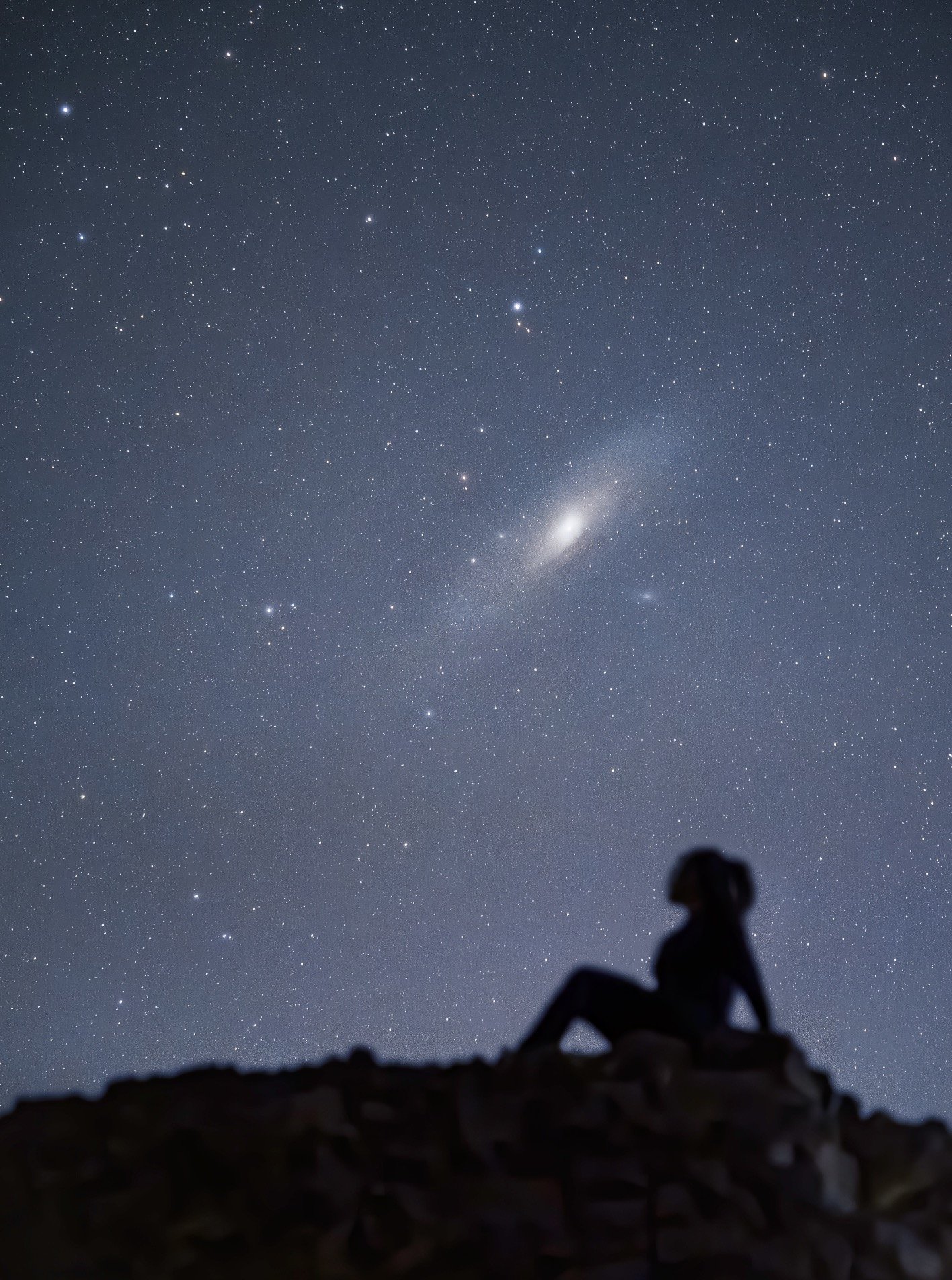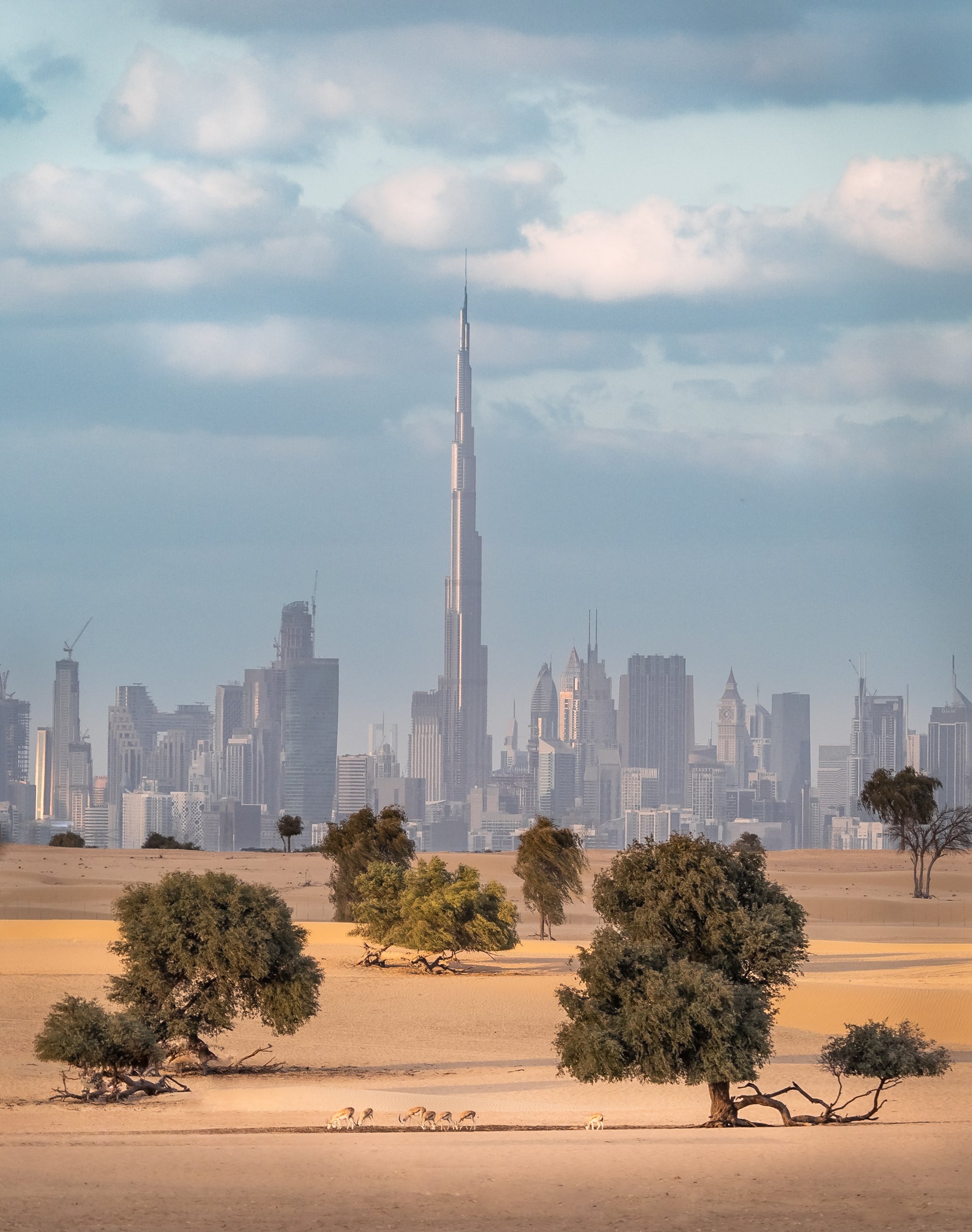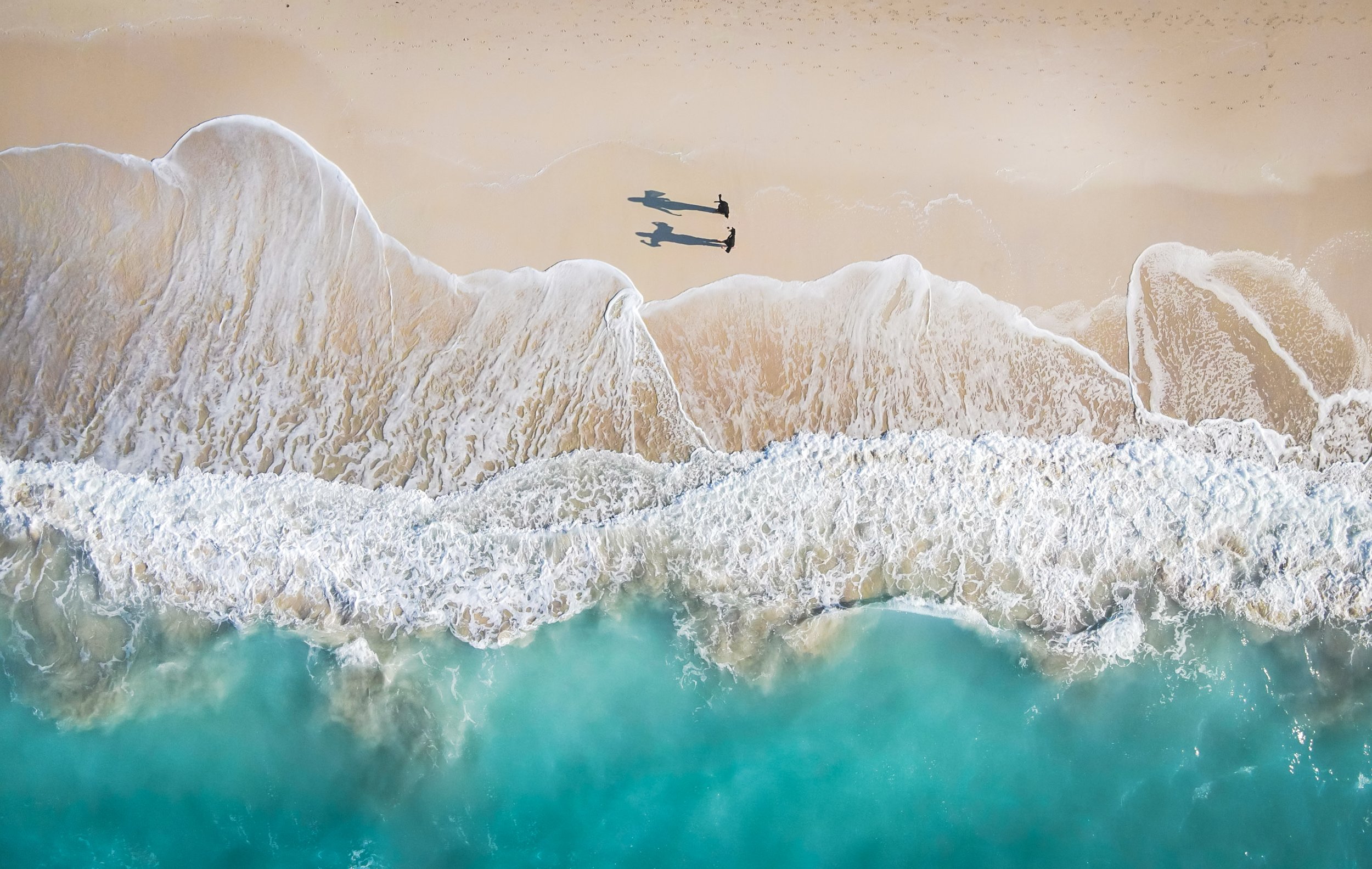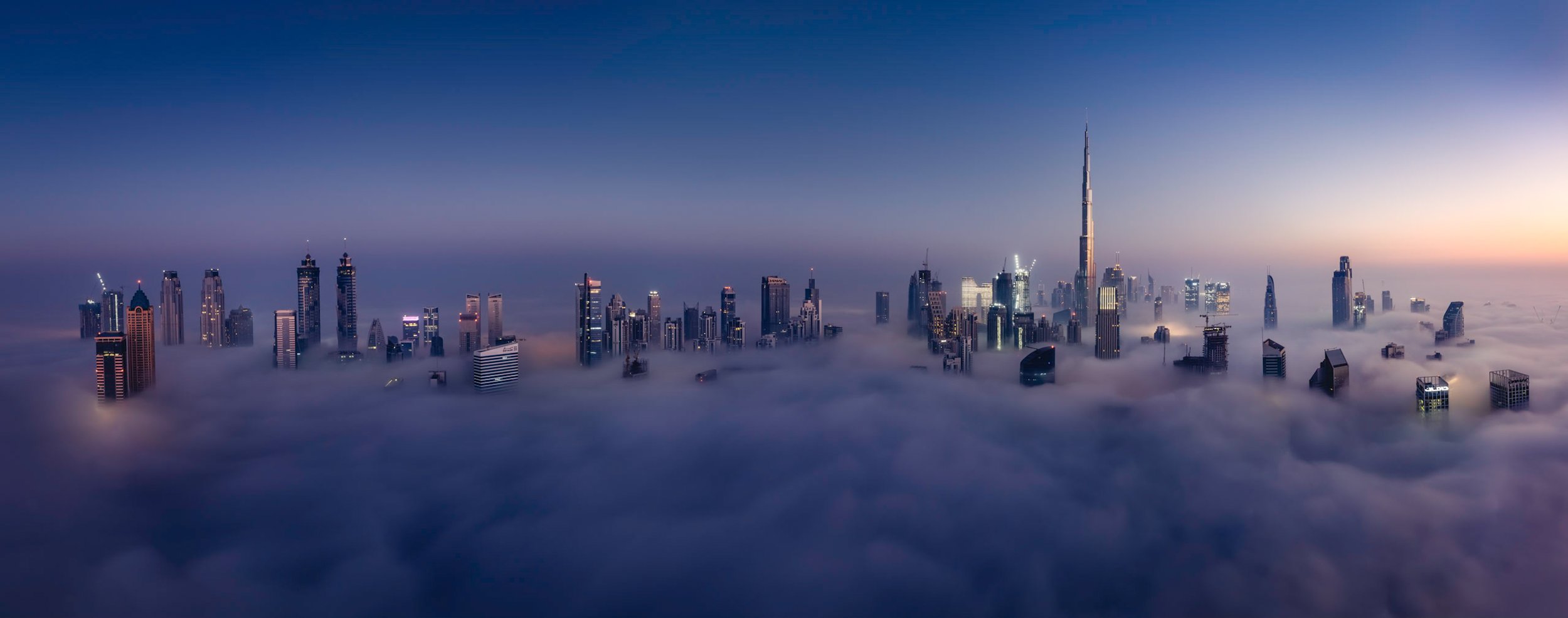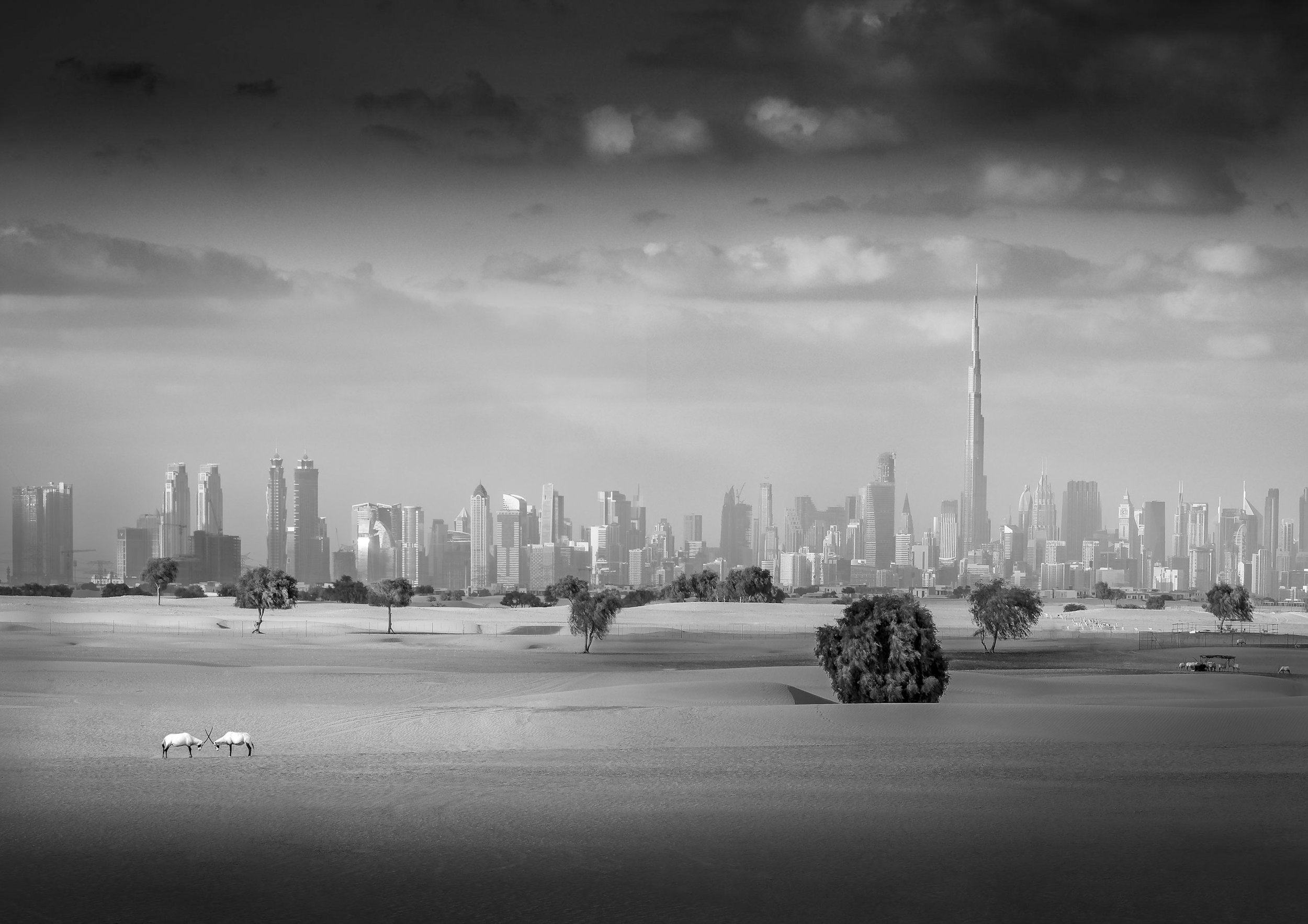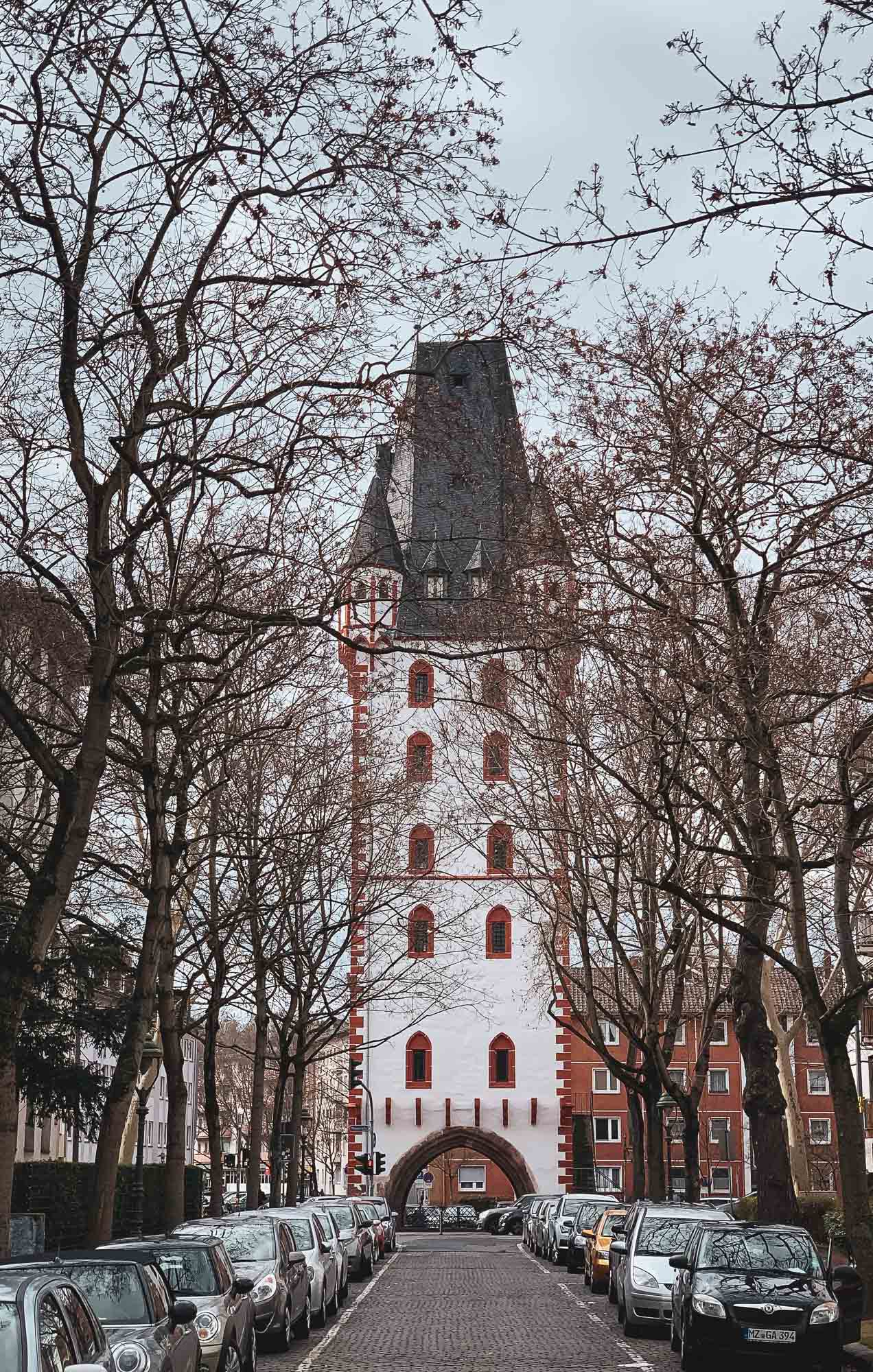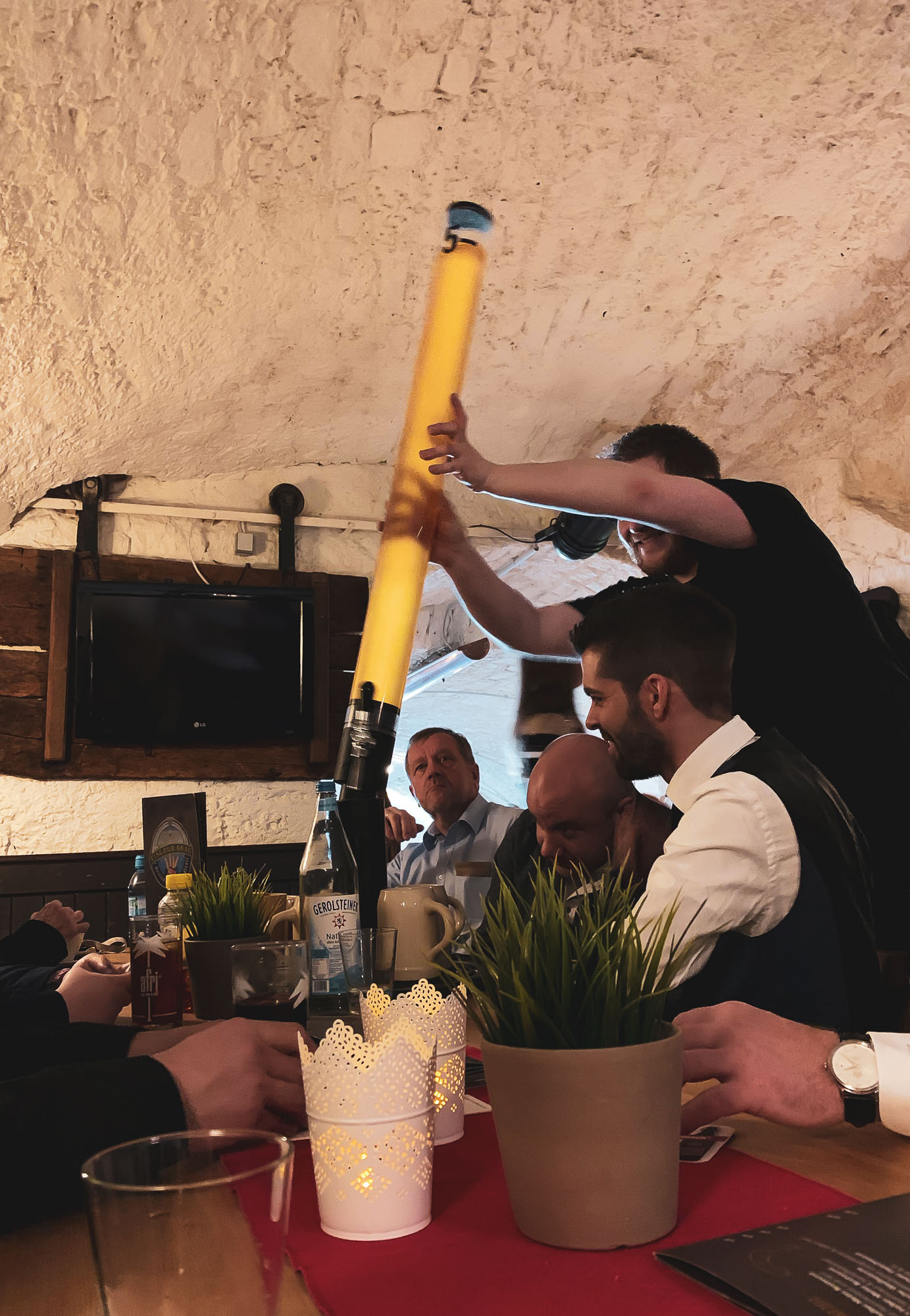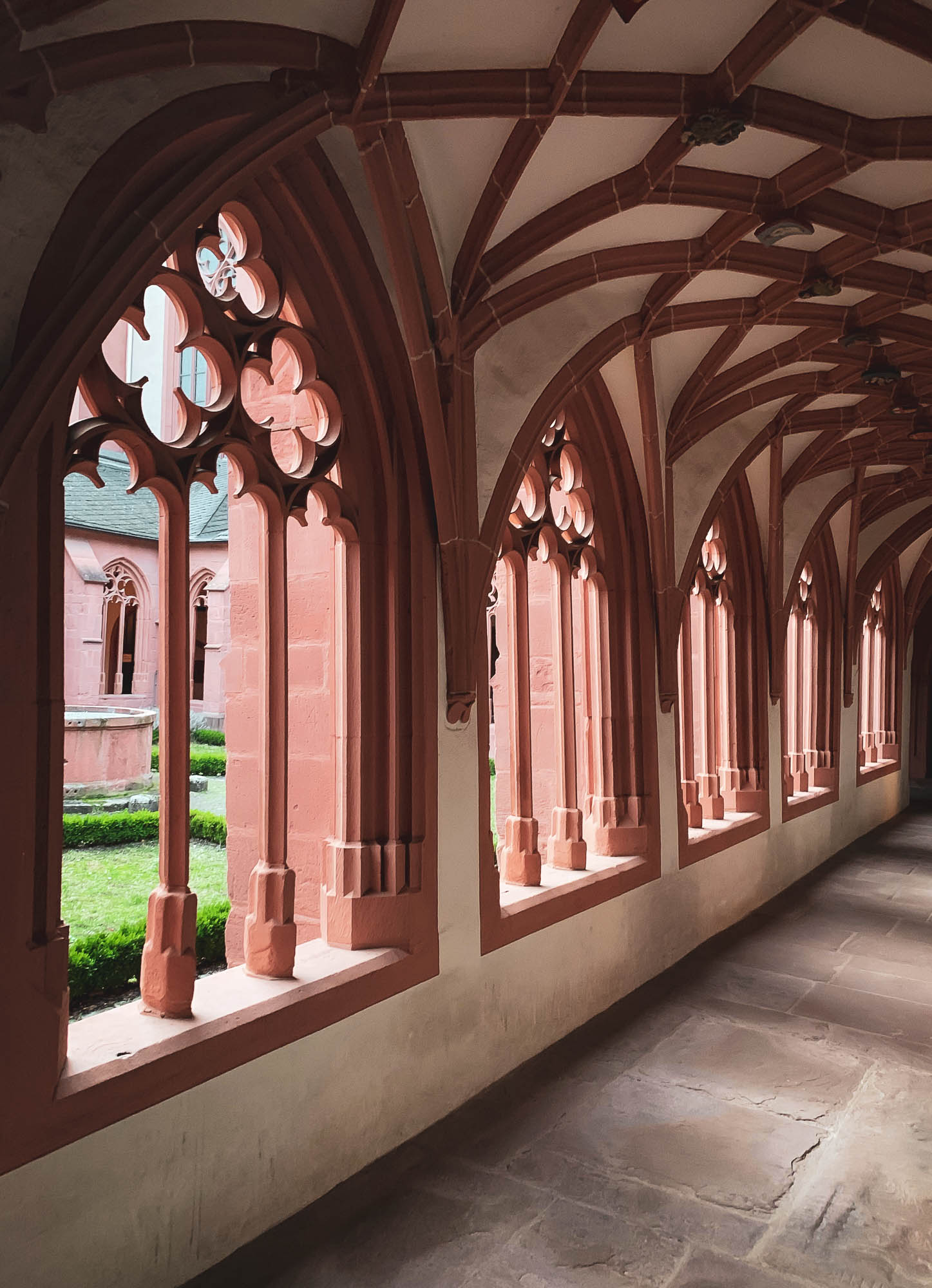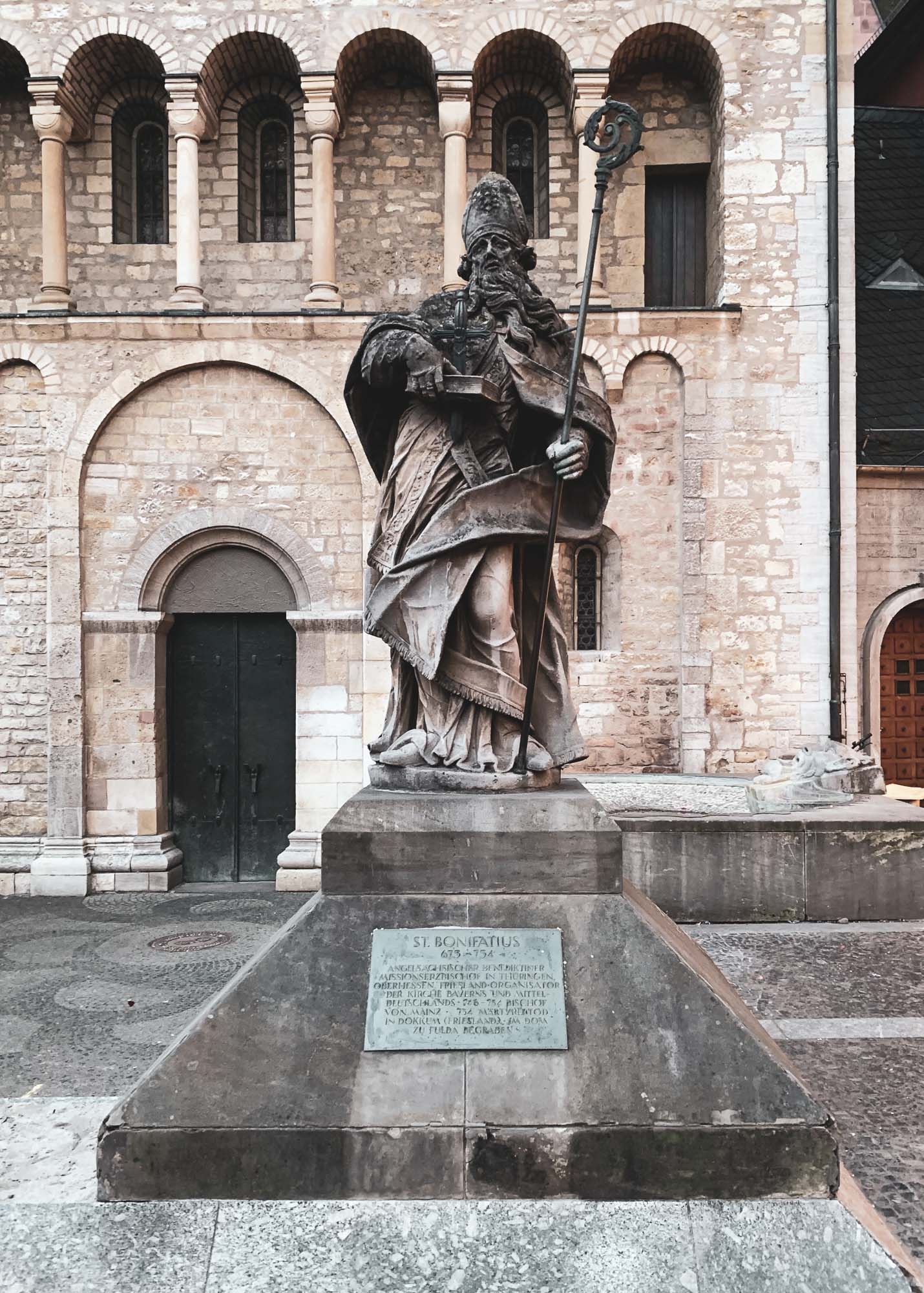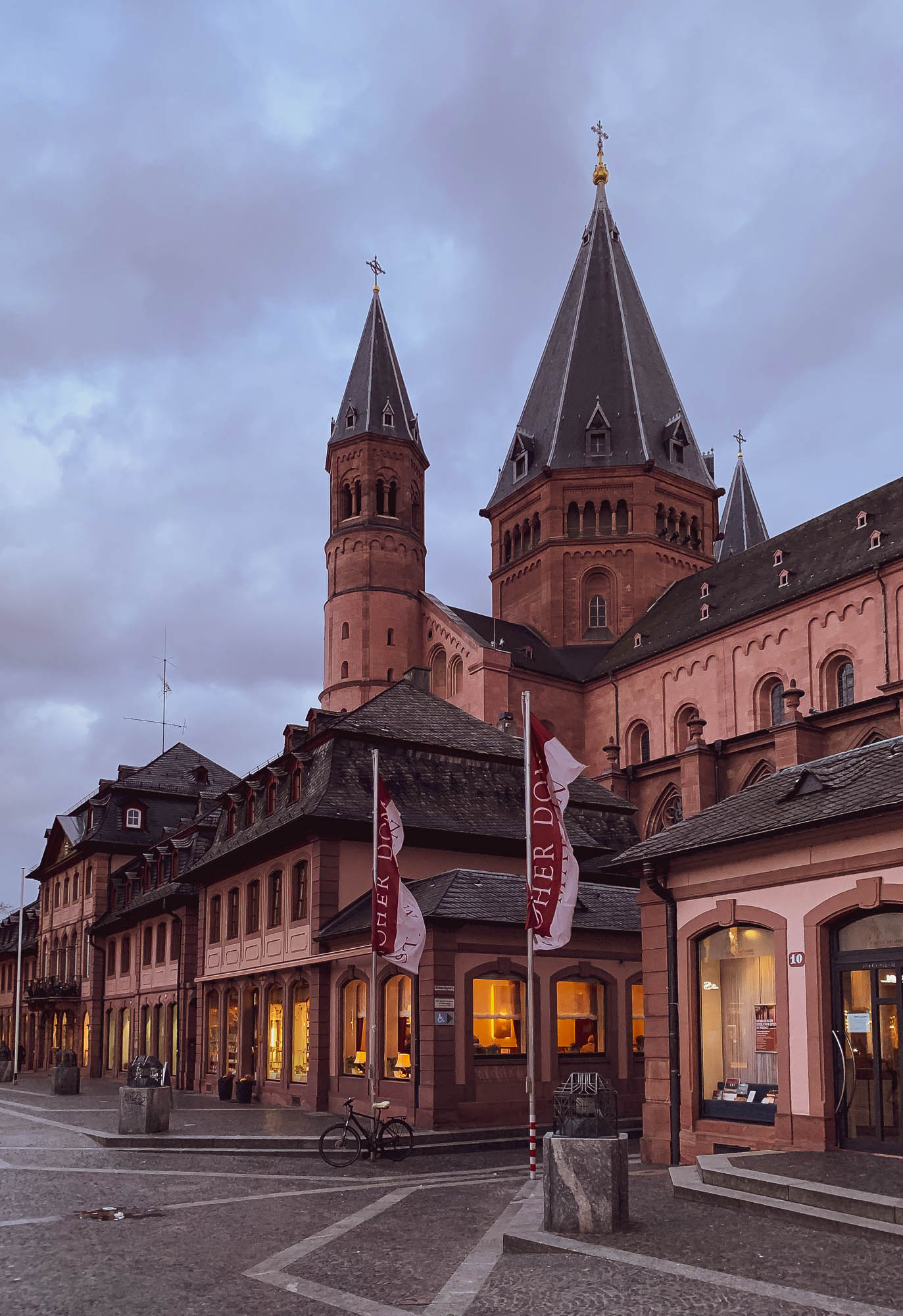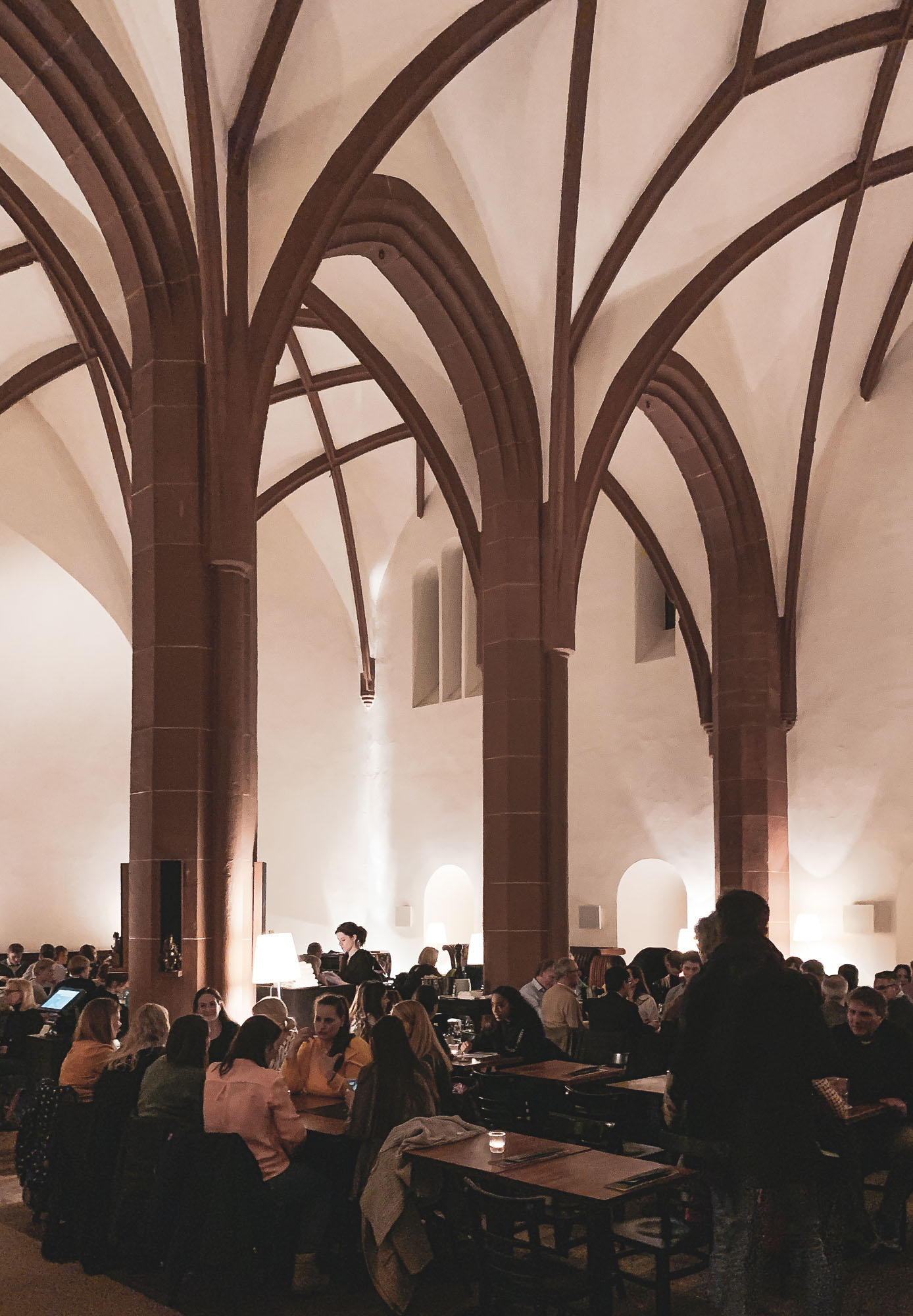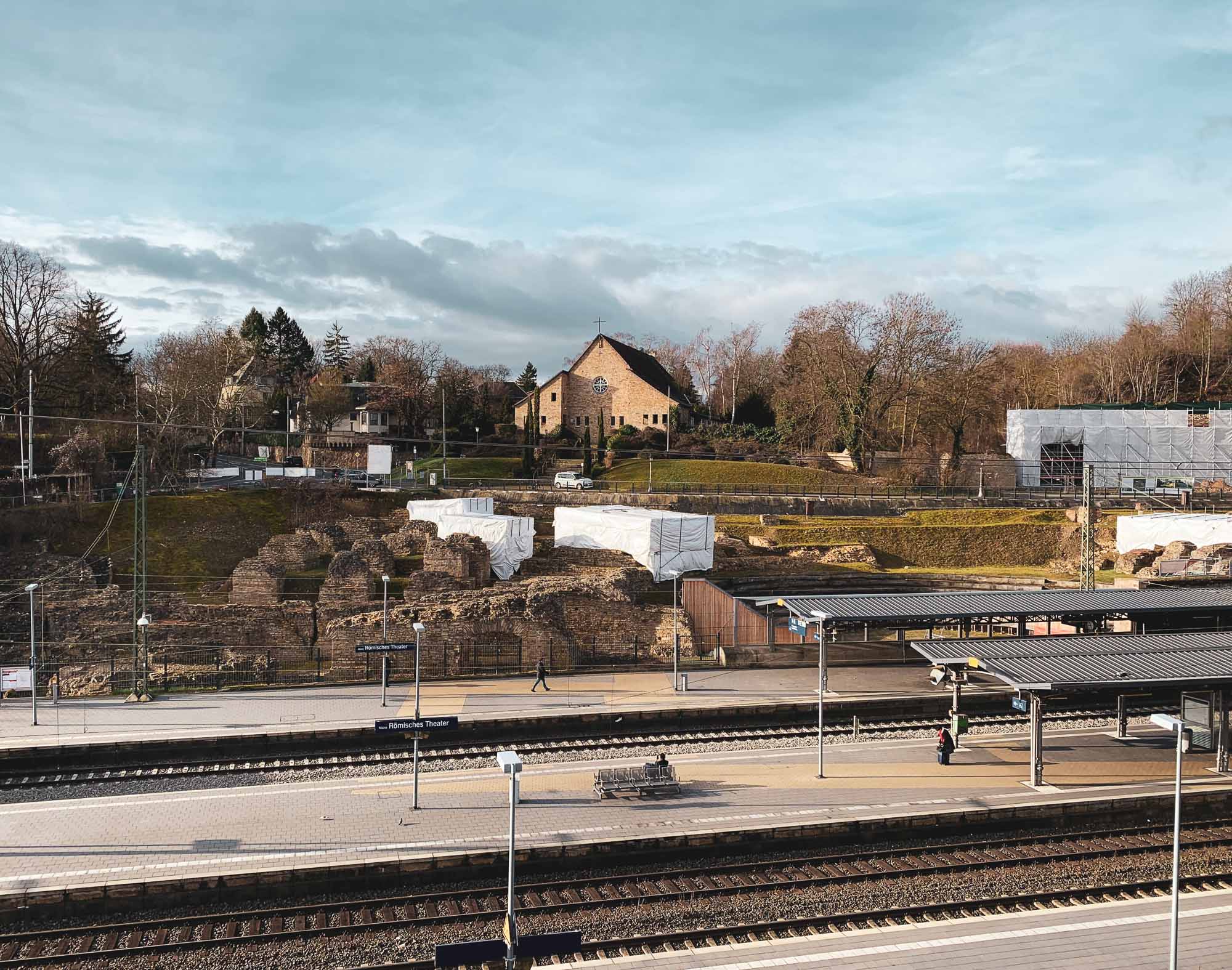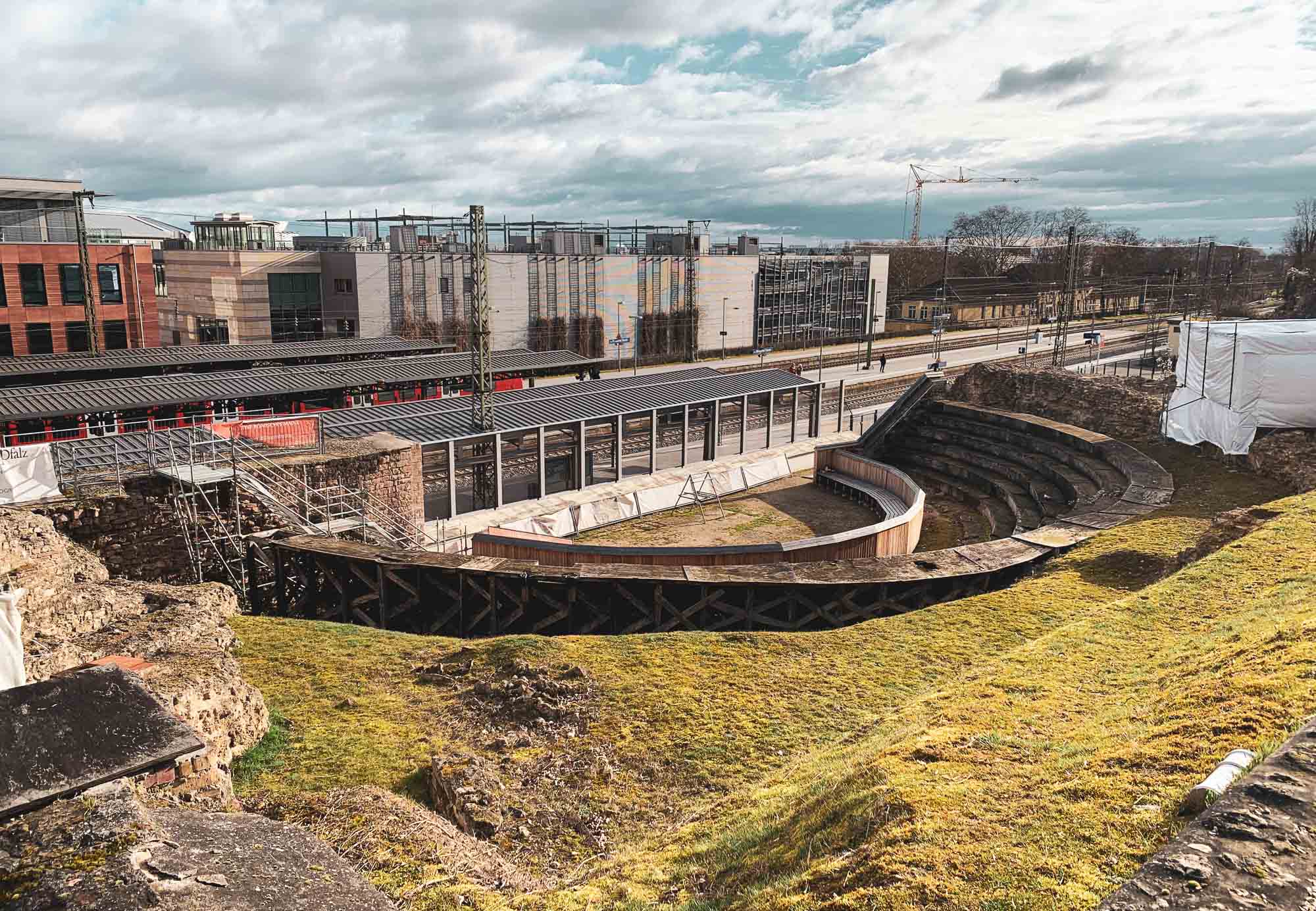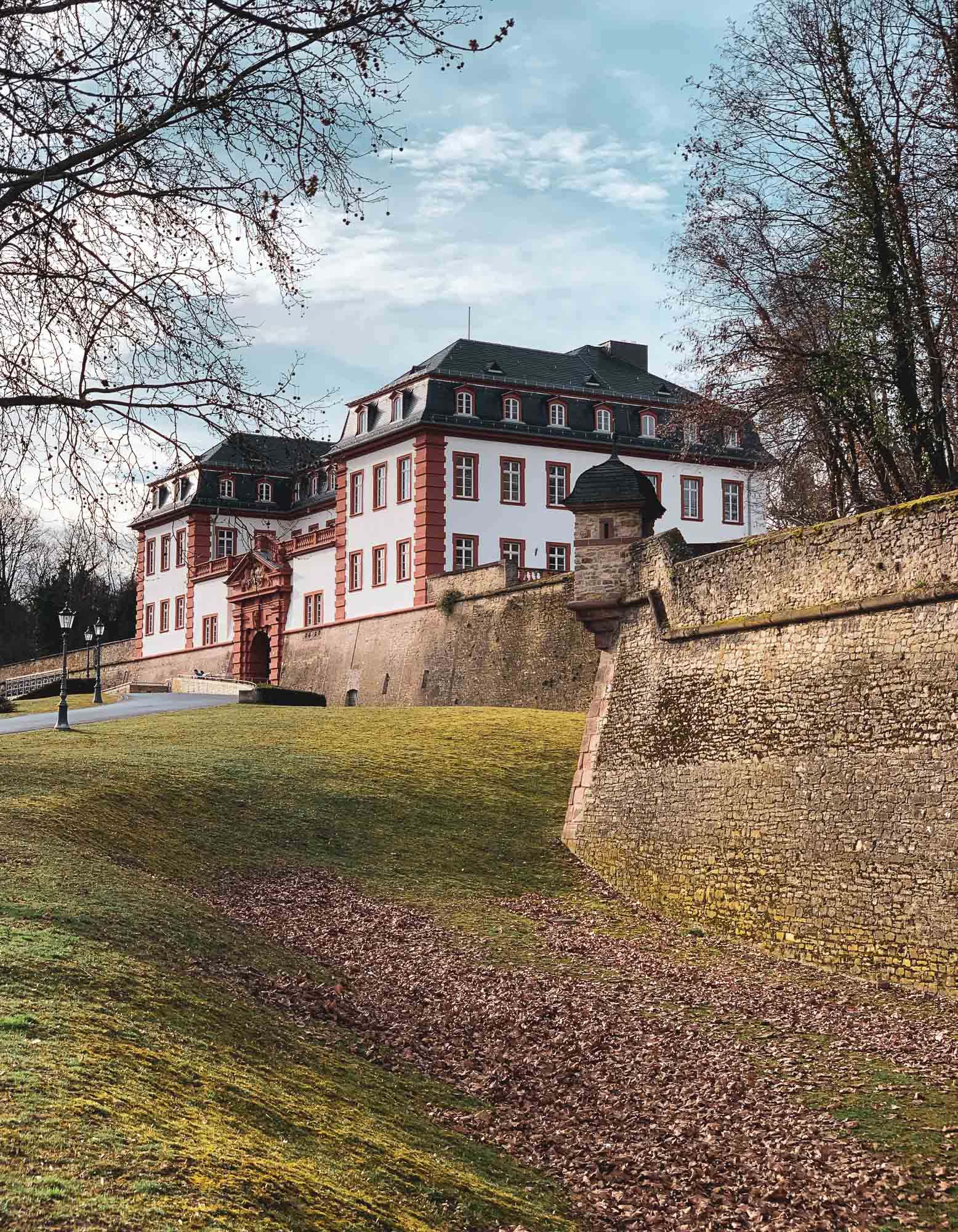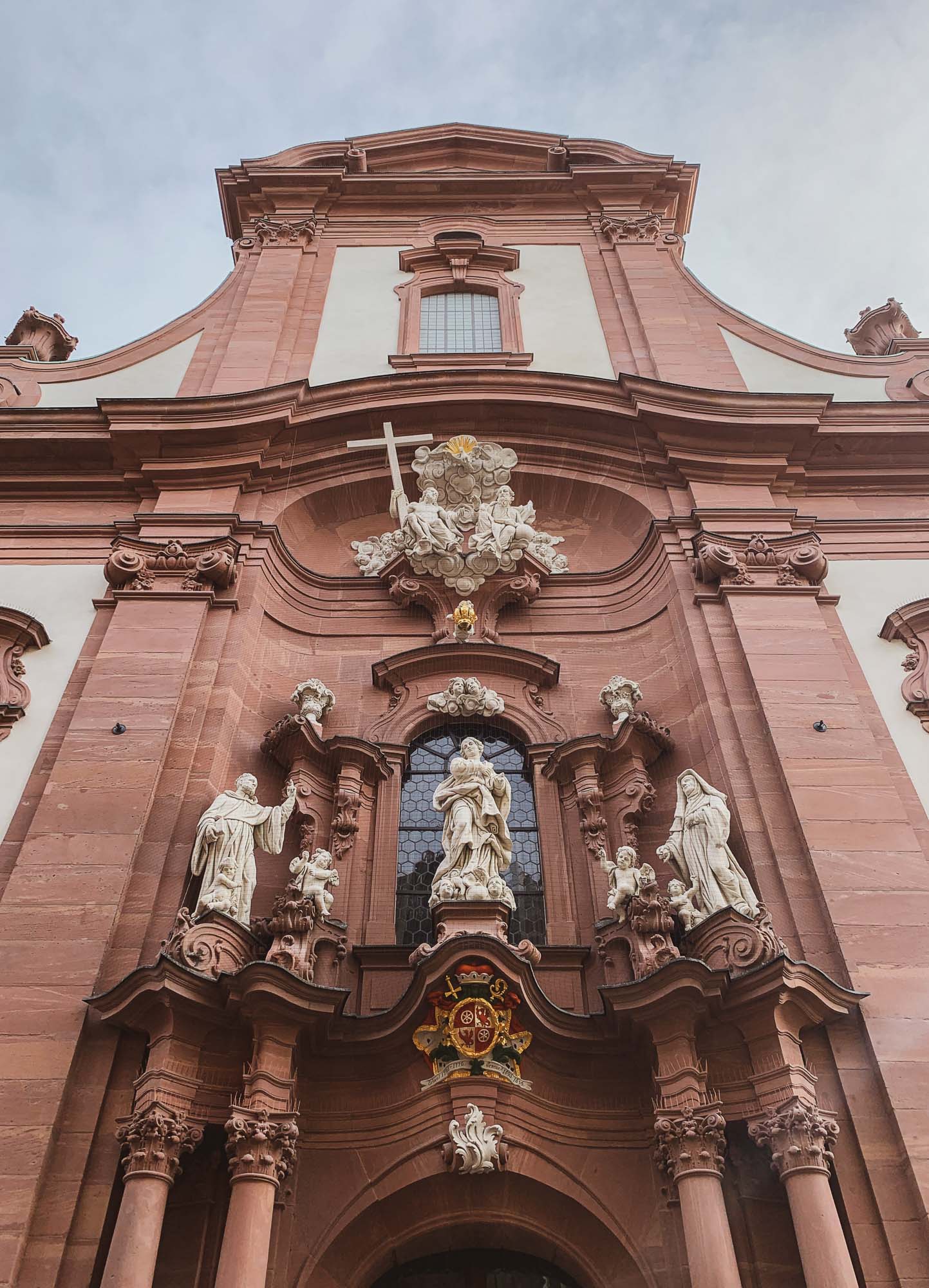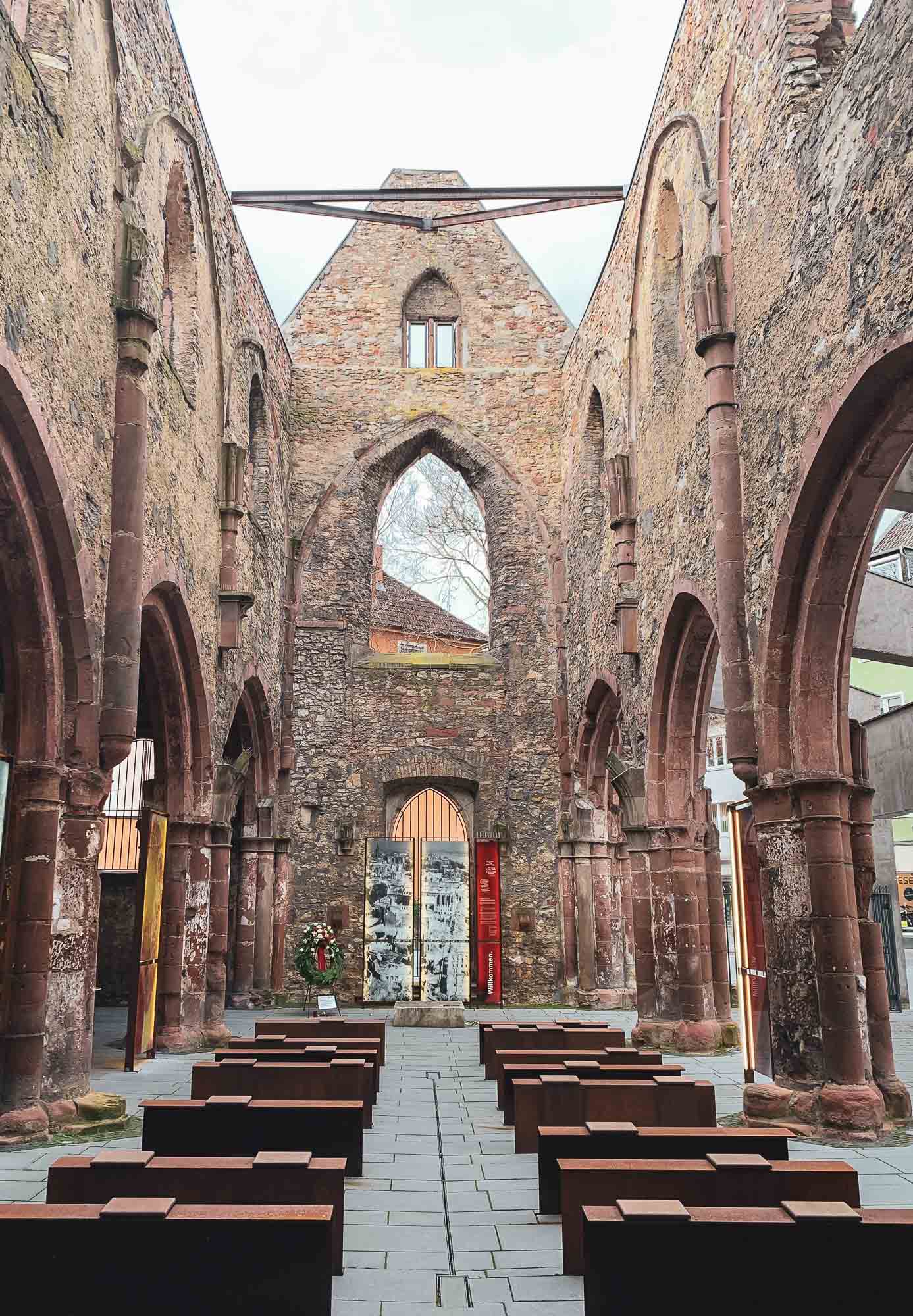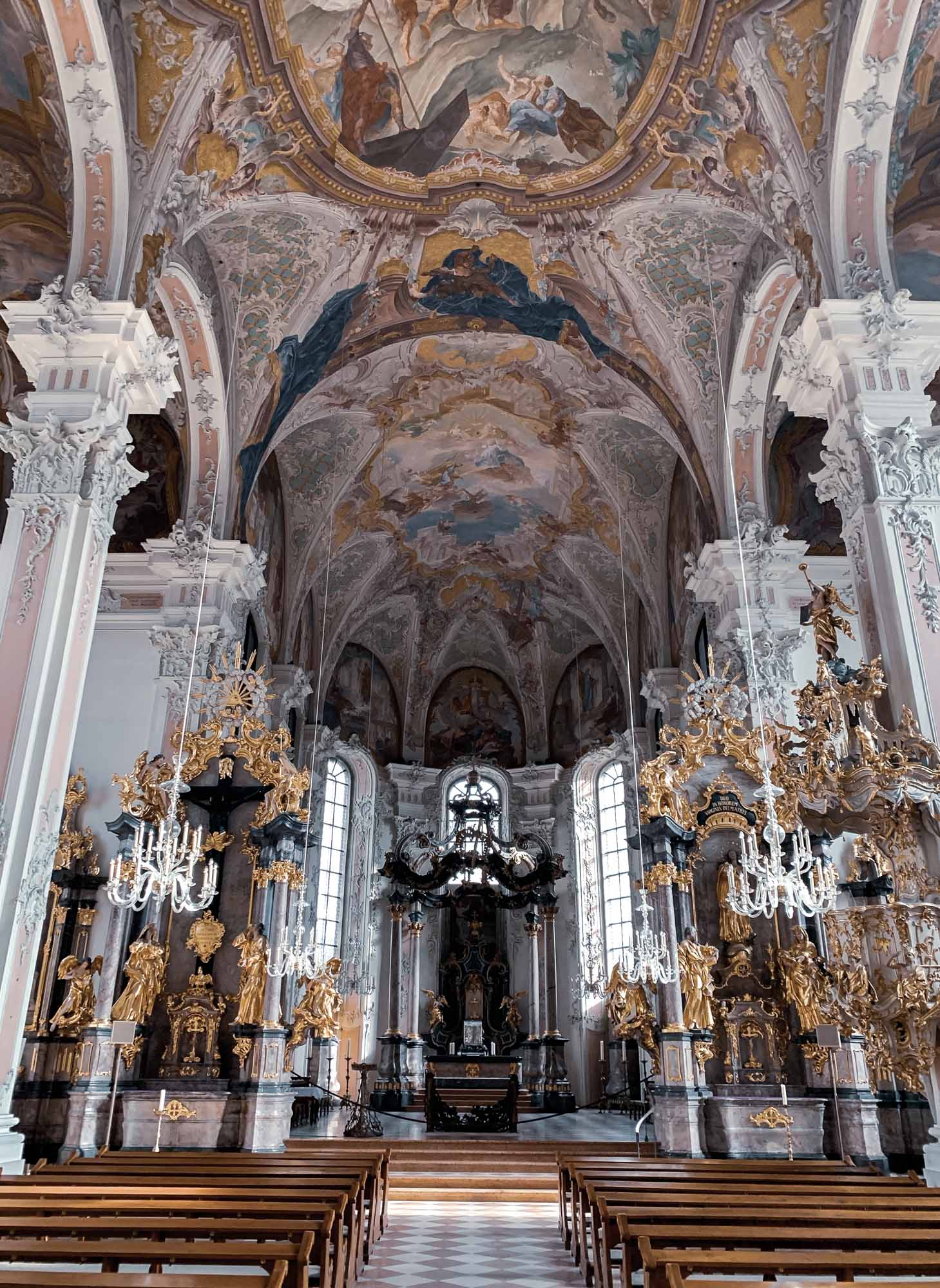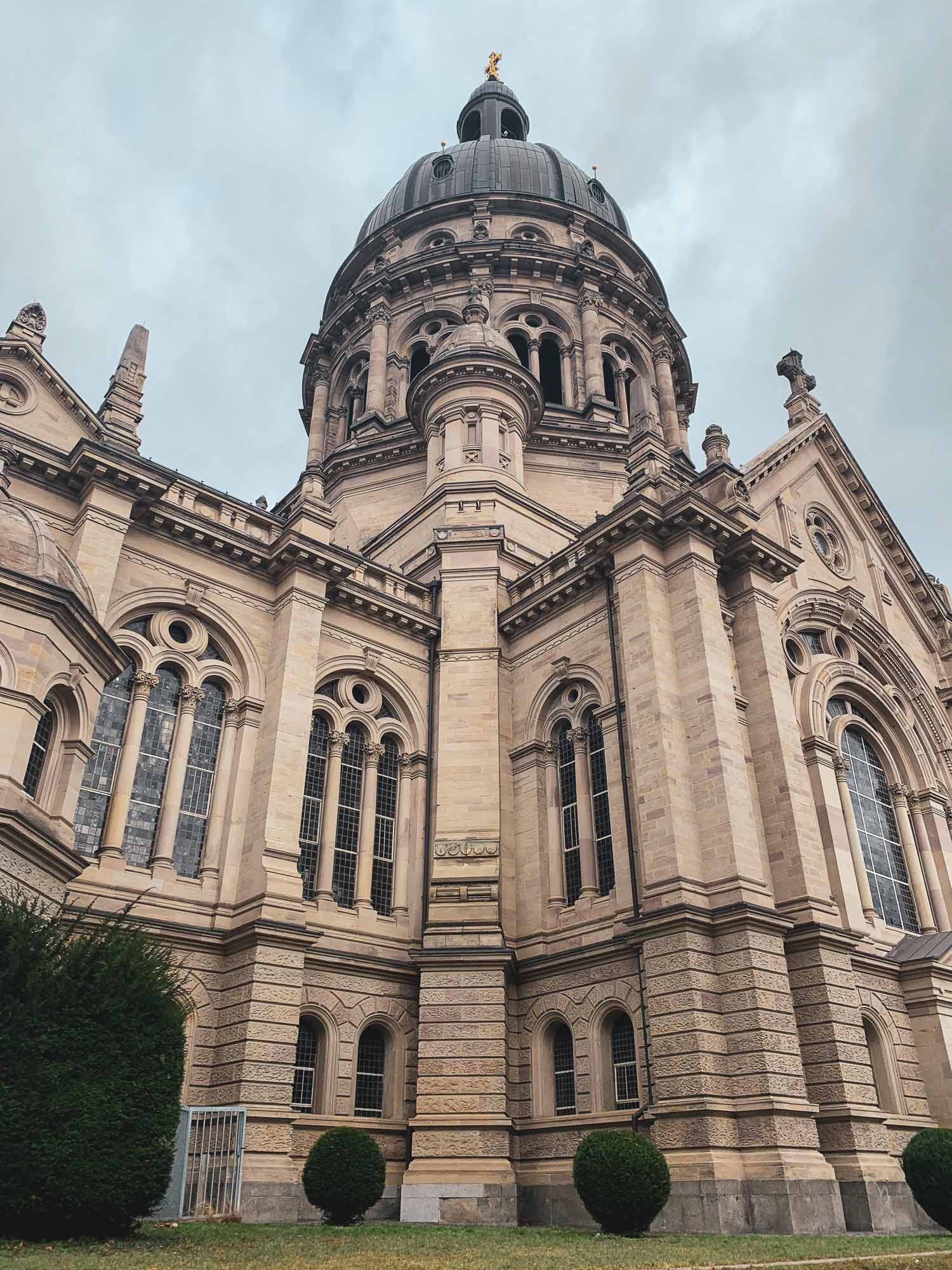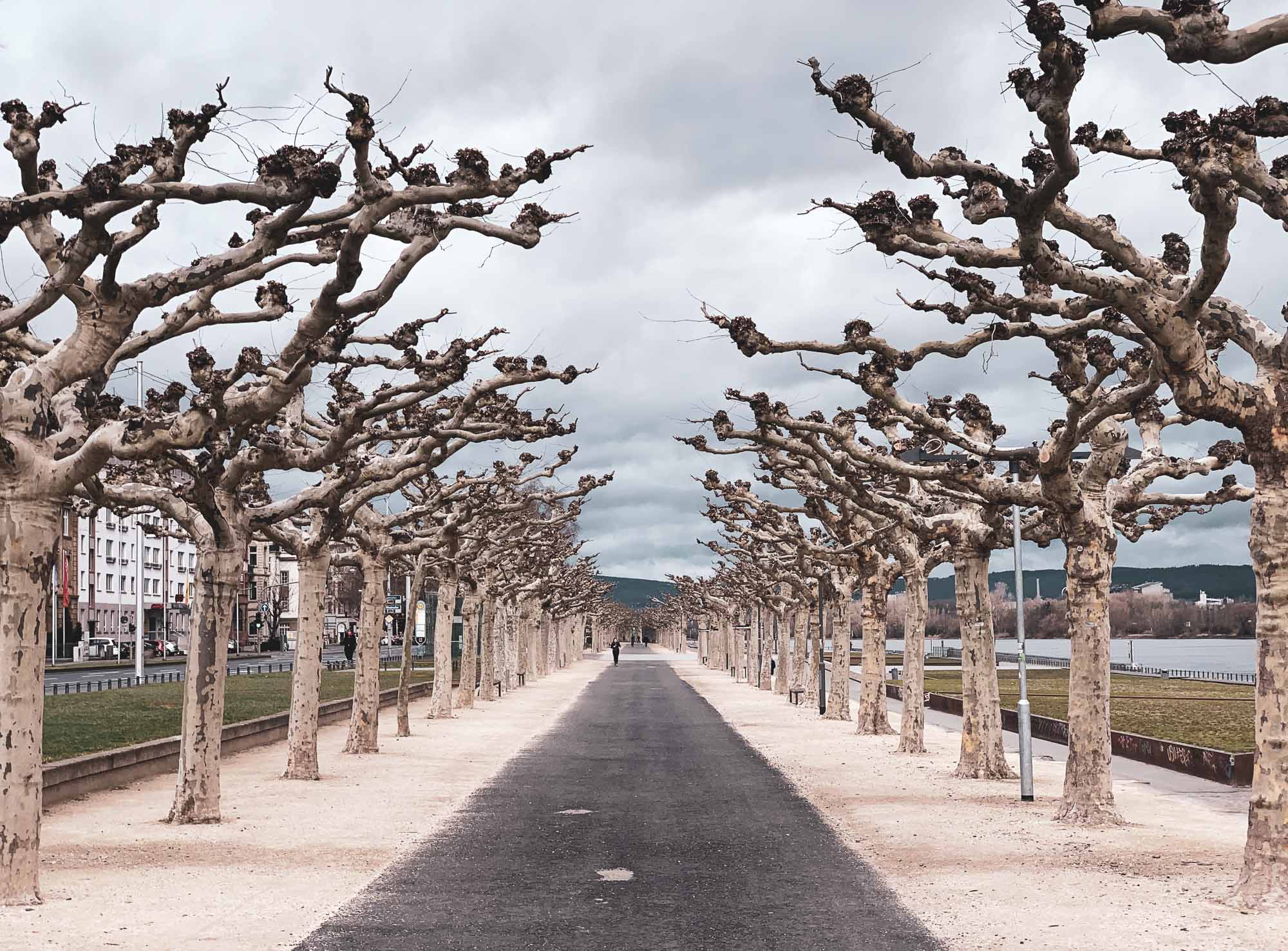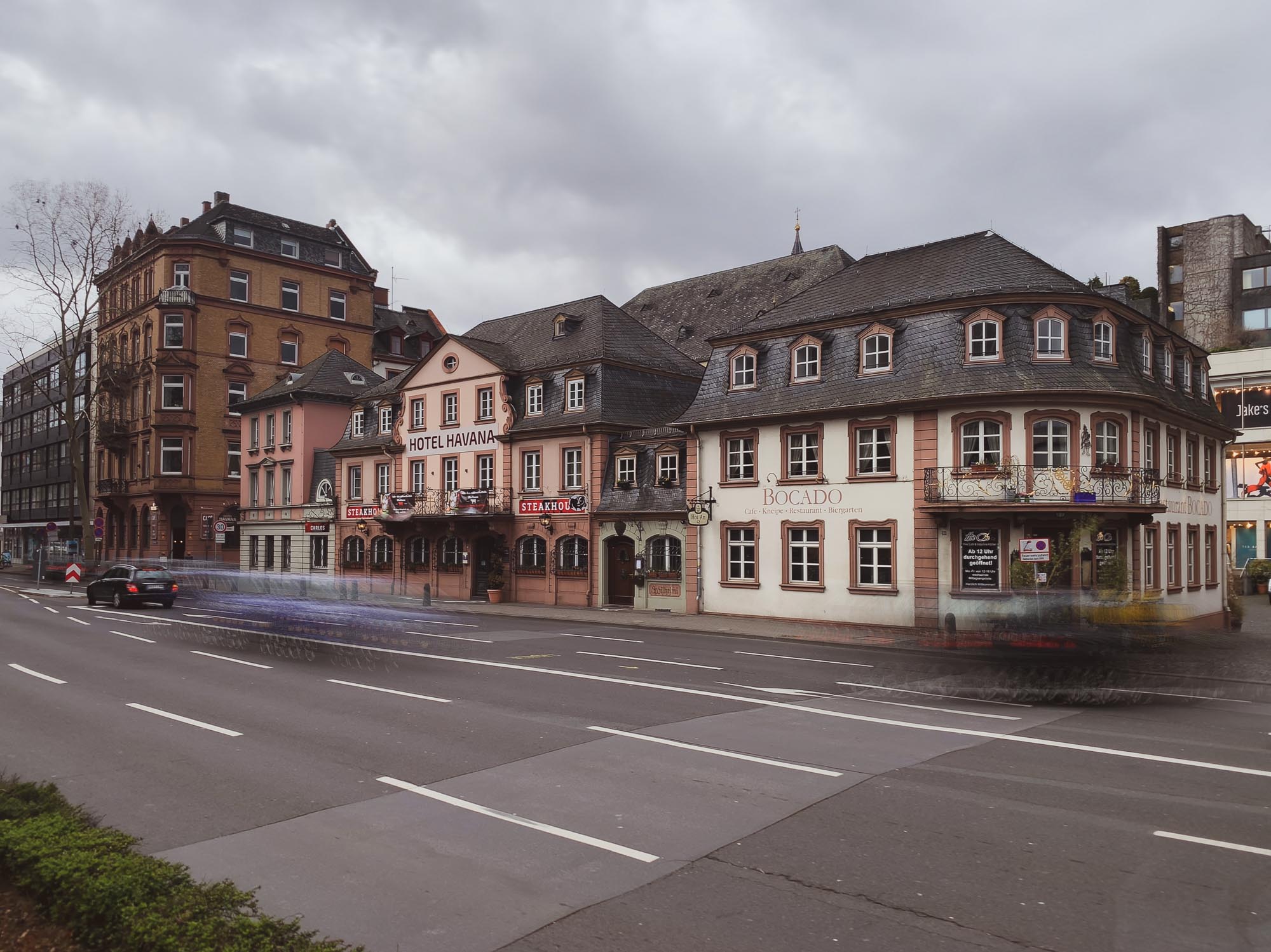Happy Days - HIPA Winner & Smithsonian Finalist 🥳
The award gods were kind to me this year, as my work has received a 1st place recognition at HIPA’s Worlds Coolest Winter Season 2 contest.
From time to time I submit my work to photography contests around the world. There are many sub-par money-grab competitions out there, so it’s important to be selective when choosing where to submit. HIPA of course is beyond such a doubt, running the world’s highest priced global photography competition, for instance. Their World’s Coolest Winter campaign doesn’t quite reach the same prestige (and price money) but it was still a competition of amazing images from all around the United Arab Emirates.
All the more exciting is it to be among the winners, and I managed to claim a 1st price this year with the five images below. Some of them happen to be among my favorite photographs ever, not only from the UAE, but in general, so I’m glad they’ve been recognized.
On this note, a shoutout to my friend Neelima Azad, who won the second price. She’s one of my favorite photographers in the UAE, so I’m very happy we’re sharing the stage on this one! Funnily enough it’s not the first time, as we also both had images featured at the RAK Fine Art Festival last year, and they happened to be exhibited next to each other.
If any of you feel like one of the photos would make your home a nicer place (or someone else’s - good gifts!), the works from this competition are available as signed prints with certificates. Just contact me and we will figure out which options work best. If prints on the wall are not your thing, some of these images are going to be part of my upcoming photo book “Wonders of the Globe” - more on that soon!
Here is each of the photos with its story for your viewing pleasure:
The Smithsonian & the Nature of Viral Posts
A few weeks earlier, I heard from the Smithsonian Magazine, which selected one of my submissions as a Finalist in the Drone category. “Suburban Dystopia” is a photograph I also took in the UAE, scouting the location on Google and Apple Maps, as I often do. Once it was published on the Smithsonian’s website, it quickly went viral on Facebook and Reddit with ten thousands of likes and comments. Sadly - as it often goes on social media and the wider internet - it’s mainly controversy that drives engagement. A bland suburban robotic copy-paste housing complex in a place like Dubai (which as a city itself is always a well-loved subject for online debate) seems to attract a lot of people feeling the need to voice their often less-than-qualified opinion, and this is seemingly what it takes for the algorithms to surface content high up in the feeds.
This villa complex is in Nad Al Sheba, Dubai, and one of the many master planned gated communities in the city, built to quickly and effectively counter the housing shortages resulting from the growing population.
Resetting the rules: “Sorry, no tripod” & “Professional cameras not allowed”
During New Year’s Eve 2017, Dubai set a world record for the biggest LED and light show at Burj Khalifa, doing away with the usual fireworks and taking a different approach to welcoming 2018, the “Year of Zayed”, named after the founding father of the UAE.
During New Year’s Eve 2017, Dubai set a world record for the biggest LED and light show at Burj Khalifa, doing away with the usual fireworks and taking a different approach to welcoming 2018, the “Year of Zayed”, named after the founding father of the UAE.
It was just a 30 floor elevator ride for me to be able to capture this moment with my trusted Olympus mirrorless camera. For those reading and not familiar with camera terminology, this is essentially the same type of camera as what you might know as DSLR, or in general a camera with a viewfinder and interchangeable lenses. I got the shot I wanted, went back up, edited it, and posted on Social Media within the first 30 minutes of the new year.
To my surprise, the official @mydubai instagram account picked up the photo for their own NYE post a few minutes later. It became their most liked photo to that date within a few hours, and was reposted by several other official and unofficial accounts.
More than 2 years later, during a hot summer evening, I was wandering around a more or less empty Downtown Dubai in almost the same spot, with the same camera, on the hunt for new compositions. This time, I didn’t get the shot I wanted. Why? Because I was approached by a security guard telling me that professional photography is not allowed in this area, which is privately owned by Emaar, the master developer of the Burj Khalifa district.
This backstory to some extent exemplifies some of the reasons why I wrote this blog post: Many (not all!) developers, owners, organisations, and venues set ambiguous rules that prevent amateur photographers like me to capture their locations in the best light, enforce them arbitrarily, but then do want to reap the benefits of using our images for marketing purposes - mostly free of charge under fair social media use (whether that is right or wrong is a subject for another discussion).
At this point, I want to clarify that while I must admit I have sometimes been close to losing my patience with security guards, they are ultimately the messenger only, and their work as a whole is highly appreciated by myself and I dare say the entire photography community. This is about the rules they are being told to enforce, rather than who is enforcing them.
A second disclaimer to this post is that there are frequently very valuable and rational reasons for not allowing photography in certain situations: Protecting government institutions or military facilities, preventing the privacy of individuals in their own space from being compromised, ensuring the safety of people in crowded area by not allowing a tripod in the middle of a footpath, or ensuring protection of copyrighted material in cinemas or concerts.
These are not the situations in question here. Here, we are addressing wide open spaces, that are absolutely considered public, have no implications for national security, and where people take photographs on a daily basis with their smartphones.
For those familiar with Dubai, such places include Bluewaters Island, Burj Park, Dubai Canal, or Design District - I've chosen those examples, because in all these locations I've been asked to not take photographs with my camera and / or tripod.
The question is, why is that? To date, the explanations I’ve received - if any - have never been very coherent or logical. As a result, I will have to make some assumptions: Your typical photo capture device today ranges from the size of an iPhone (the most popular camera in your hand, to a DSLR and a big telephoto lens that may be up 30cm in length or so, set up on a tripod 2m in height.
From personal - and thus anecdotal - but qualified experience, I have found that:
None of the locations in question would prevent anyone from taking a photo with their smartphone.
A few of them would approach you for shooting with a DSLR or mirrorless camera with a typical wide angle lens.
Many will ask you to refrain from shooting if you carry the same camera with a bigger lens, such as a telephoto zoom.
All of them will ask you to leave the moment your tripod touches the ground as you set up.
My interpretation of these findings are that the larger your overall equipment is, the more likely it is you will not be welcome to take photos. An assumption I am making here is that outsiders (i.e. not familiar with photography) associate “larger equipment” with “more professional”, which would imply that the rules set by these locations are “we do not allow professional photography”.
I would welcome for any of these companies and organisations to comment here with feedback on whether this is the case. Until then, let's contine with this assumption.
The problem is that the boundaries of professional photography have long been no longer defined by the size of the equipment. The advent of smartphones with Instagram & Co, the rise of the influencer culture relying heavily on photography, and the significant advancements in mobile photography have allowed people to do commercially viable work with equipment that fits in their pocket. Heck, Netflix movies are now shot on iPhones. This discredits the entire reasoning why a regular DSLR and lens should be treated differently from a smartphone when it comes to what is “professional".
Let’s move to the next level: Using a big telephoto zoom lens. Also in this area, we are now approaching times where smartphones are capable of producing extreme levels of computational zoom, enabling everyone to take photos of objects and people far away. A camera with interchangeable lenses will (for now) still have an advantage in some ways here, and produce better quality - the question is why that would be a problem? I can think of privacy as the major reason, where as a location owner one wants to make sure people do not feel uncomfortable and be under the perception they are being photographed from far away without their knowledge or consent. My argument though would be that if this was a photographers intention, and they would do it maliciously, the laws around privacy protection for others would still apply - whether in a location that is privately owned by a large developer, or a public square. It’s unlikely that a private security guard will be able to deter someone from engaging in such activity, if even the law is not able to.
Moving on the last and seemingly worst offender: The three-legged friend of the long exposure photographer - a tripod. Here, it may be worthwhile to quickly explain why photographers chose to carry this device around. Generally speaking, cameras need to capture light for a certain amount of time to produce a well exposed image. When it’s bright outside, less than a second is enough to achieve that, maybe 1/100 or even 1/1000. When it gets dark, this isn’t enough anymore. The camera may need 3 or 5 or 10 seconds to capture sufficient light to produce a good quality image. The problem is, no one can hold the camera steady for that long, meaning that movement occurs during the light capture period, resulting in a blurry shot. This is where the tripod comes in, keeping the camera steady while it collects the required photons. Granted, there are other uses for a tripod, but generally speaking they evolve around similar concepts. So, I ask myself why venues do not want to see tripods being used? More than once I placed my camera on a rail, stone, bag or whatever when asked to stop using my tripod - and this was acceptable. How does that make sense? The result is the same, except that my composition might be worse and it’s more risky (the camera might fall, etc). My tripod will probably still be around, leaning against a nearby wall.
As we discovered earlier, in many places it is seemingly ok to use a camera, but only the tripod triggers something in the security personnel that makes them ask you to stop. This seems illogical: We can shoot the same exact photo during daylight in great quality (enough light for a short exposure), but at night when we need a tripod to capture enough light to get the same quality, it is deemed as not acceptable. It doesn’t appear likely that daylight photos are ok for a location owner, but night time shots are not.
Lastly, similar to the argument with telephoto lenses, the latest generation smartphones are slowly catching up in this area, using digital stabilization to capture acceptable night time photos, and further blurring the lines between the size and type of equipment needed to capture similar looking photos.
You may ask why we still need dedicated cameras and lenses? Well, smartphone technology is not quite at the stage where it can handle all the photographic challenges a specialized camera can, and while for average photos for an Instagram post on a small smartphone screen this may be less of an issue, if you are looking to print a photo for instance, this is where the difference between the two classes of equipment do show up. Some kind of photos aren’t achieve with smartphones just yet, but that doesn’t mean they are automatically “better” or more professional or commercially useful.
As smartphones catch up with dedicated cameras for these last scenarios, will the organisations making these rules soon forbid any kind of photography in their locations? My prediction is their marketing departments would quickly scream and shout when faced with the loss of the free social coverage, aside from it being practically impossible. If the assumption made at the beginning of this post is correct, the rationale should shift from “we do not allow professional photography” to “we do not allow commercial photography” - this may make sense as the venue wants to control commercial activity. But how can you do that when an influencer shot taken and edited with a smartphone can easily generate much more money than a photographer with a dedicated camera taking a shot planned and edited for hours, printed on fine part paper, and sold in a gallery?
So in anticipation of that, it may be the right time to re-define what “commercial” or “professional” photography means in this context and start a conversation on establishing clearer and logical rules for what scenarios and equipment are allowed, or not, and for what reason. In the end, it is clear that companies are free to ask anyone to leave their premises, or to not use a camera bigger than a smartphone, or an orange, or whatever arbitrary definition they chose, regardless of the reason.
Ultimately, this will probably make photographers try to take a photo by whatever means is allowed, instead of what produces the best result. That photo may just not be as good, not as creative, not as interesting, or it may not happen at all and the moment will be gone forever - leaving the photographer and his or her audience disappointed, and taking away a chance for the location to create positive impressions or attract new visitors due to the existence of the photograph, for no logical reason.
Myself, and I am sure the whole photography community in Dubai, are open to engage in this discussion with the decision makers at the various organizations, for the benefit of everyone - for us to follow our hobby and passion without hindrance, for the public to enjoy great photography, and for organisations to benefit from free and high quality coverage.
I see several ways a middle ground can be found: Ask photographers to sign a release form giving the location permission to use the photos. Make photographers sign a disclaimer that ensures we cannot publish the photos commercially or re-sell / license them. Create a system for granting permission to a person on a yearly basis, not for one single shoot. Request IDs in order to know who shot when at the location. Train security guards to determine in which cases there is a genuine issue caused by a photographer. Or, just treat photographers with a camera the same as someone with a smartphone.
Admittedly, there are details and issues to be addressed with these suggestions - this might be part of a future blog post - but I am confident there are better ways to establish a mutually understandable and viable basis than the inconsistent and illogical approach many places seem to follow right now.
Let’s sort this out. All we want is to take great photos of the city and places we love.
3 Day Detox - Trying something new
If you know me, you’d know that a Detox that involves 3 days of no solid food would not be something I’d independently consider. As it sometimes happens though, through a specific set of circumstances I ended up with a free pack of Healthnag’s three day detox, which involves only having liquid forms of power for 3 full days.
If you know me, you’d know that a Detox that involves 3 days of no solid food would not be something I’d independently consider. As it sometimes happens though, through a specific set of circumstances I ended up with a free pack of Healthnag’s three day detox, which involves only having liquid forms of power for 3 full days.
Curious to see if I could actually survive - mentally, rather than physically - and if there’d be any noticeable impact, I went ahead and planned a few days of abstinence from my usual semi-unhealthy-eat-out-a-lot-high-sugar-and-only-sometimes-best-practice dietary habits.
I started preparing three days before, and for those days didn’t eat meat, no diary, no unnatural sugar (to the extent I could tell), tried to stay vegan and drank more water than usual - not difficult, because I rarely have more than a liter a day. This means, I had salads, rice, green juice, kale, vegetables.
The detox consists of a total of seven power packets per day, meant to be drunk mixed in water at a total of almost four liters. Not being used to so much water, I started mixing it with fresh juice (which was allowed) from day two onwards, which made it much easier.
Three of the seven packets represent the main meals, two snacks in between, and one when you wake up and go to bed respectively, below is the list:
Contrary to what you would think, the worst was the first day actually, starting from midday onwards. Owing to the water / powder in take I didn’t feel like particularly hungry and energy levels were also under control, but it was uncomfortable as your stomach starts feeling like a water ballon, and a feeling of nausea set in, possibly because of all the water, paired with slight dizziness.
On the second day I felt much better in the morning, and because I started drinking the powder mixed with some juices, which was much easier to absorb, I didn’t feel nauseous anymore. Feelings of slight hunger - or probably more a craving for solid food - started in the afternoon, but still bearable.
The third day was quite easy as well, but again a feeling of hunger started appearing in the afternoon and I must say, at this point I really wanted to have some solid food again. In hindsight, it felt harder to not eat on the weekend, where the are often less distractions and more temptations than during a busy day at work, so next time (did I say next time?) I would plan at least two week days.
Personally, I didn’t feel a significant difference in the days following the detox, although I had the impression I slept a little better and woke up a bit more energetic for a few days. On the other hand, it’s probably difficult to correlate the detox with general mood and energy directly, as these aspects may also swing independently.
Since I also don’t smoke or drink alcohol, there may be less potential impact from a detox in my body, despite my probably less-than-ideal eating habits. Admittedly, I may have also spoilt the effects by relatively quickly going back to my normal food routine afterwards.
Worth trying? Sure - even if just for the mental challenge and to see how your body reacts.
Check out https://healthnag.com/ to learn more!
Mainz - German history on the Rhine
The pleasant occasion of the wedding of one of my best friends gave me the opportunity to expand the (embarrassingly short) list of German cities I’ve visited. While it was only a short weekend visit, the city of Mainz has a few beautiful spots that I was able to capture. Since I didn’t bring my camera along, the below photos were all short on iPhone - the capabilities for even advanced photography on smartphones keeps growing exponentially.
The pleasant occasion of the wedding of one of my best friends gave me the opportunity to expand the (embarrassingly short) list of German cities I’ve visited. While it was only a short weekend visit, the city of Mainz has a few beautiful spots that I was able to capture. Since I didn’t bring my camera along, the below photos were all shot on iPhone - the capabilities for even advanced photography on smartphones keeps growing exponentially.
The Rain Room - Sharjah Art Foundation
The Rain Room opened in May 2018 and is part of the Sharjah Art Foundation Collection and the first of a series of artist-designed permanent spaces. It's meant to illustrate humanity's interaction with nature through inviting you to walk through a downpour of continuous rain without getting wet.
The Rain Room opened in May 2018 and is part of the Sharjah Art Foundation Collection and the first of a series of artist-designed permanent spaces. It's meant to illustrate humanity's interaction with nature by inviting you to walk through a downpour of continuous rain without getting wet. Learn more here



